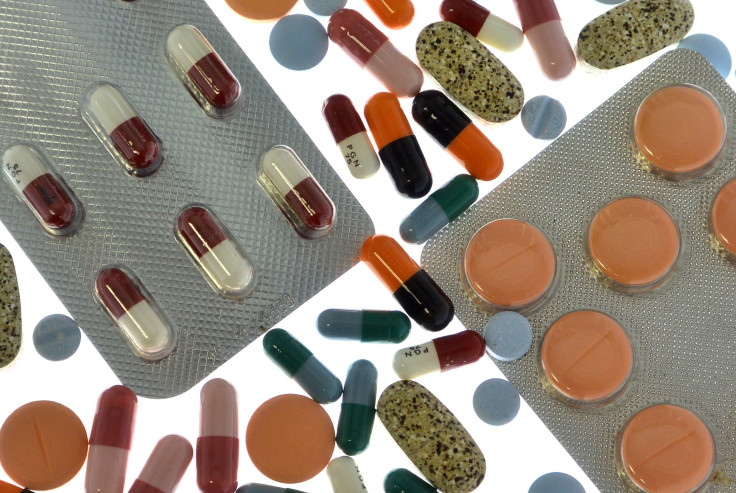Should We Be Able To Pay For Different Levels Of Quality In Our Medicines?

Most people are familiar with the idea that the more we pay, the better the product. An $85,000 Cadillac is probably better in almost every way than a $16,000 Honda. The Honda gets you from points A to B adequately, but few would consider the quality of the two cars the same. But what about medicine? Some patients may believe that non-generic, brand name drugs are better-made than generic drugs. But I suspect most people do not assume this, or they never even think about it. When they get a doctor’s prescription, they don’t ask, "Which generic?" or "What evidence is there that it works as well as the brand-name original?"
Many people compare car performance figures before buying, but I doubt many patients compare the performance and quality of their medicines and drugs. The reason why is because they trust, directly or tacitly, the regulators (and their doctors) to ensure that all products on the market work properly. But why should a regulator of medicines be better than any other bureaucrat in any other field? Maybe we trust the companies making the products, and we assume that their desire to please customers, and the fear of losing business, or even the prospect of facing jail if they poison customers, mean that their products will work well.
Part of my latest research shows that chain pharmacies in emerging markets have higher quality medicines than stand-alone pharmacies. The assumption is that chain pharmacies take better care to ensure the quality of the source of their products than stand-alone pharmacies, and that they can discover problems more easily than their independent counterparts. Perhaps one would expect the same in the U.S. But since the vast majority of medicines are assumed to work, most Americans likely believe that undertaking such an exercise would be a waste of money. For example, it could cost hundreds of thousands of dollars to find any samples that don’t work.
But maybe that assumption is no longer correct. The U.S. Food and Drug Administration spends the vast majority of its time overseeing new products. Monitoring clinical trial data and approvals of exciting new products is where their attention is focused. They conduct site inspections on plants selling “old” products, both innovator and generic, and occasionally, they find problems, issue warnings, levy fines, and sometimes recall products and prosecute producers. This is assumed to ensure safety.
The weighting of their efforts toward new products was based on production systems of the 1980s and 1990s, where the vast majority of final medicines, and intermediate chemical products, came from the U.S. and Europe. But for the past twenty years, increasingly more products are being made in Asia, notably in India and China. Today, well over half the ingredients for our medicines, and maybe one-third of the medicines themselves, come from these two countries.
Asian production is far cheaper than Western production, so all the major pharmaceutical corporations looking to cut costs have located plants there. An increasing number of local Indian and Chinese producers are exporting to the West as well. The problem is this: The regulators in these countries are corrupt, understaffed, underfunded and not particularly competent. Just as bad, the businesses in these locations haven’t gone through decades of iterative discussions and legal fights with regulators about quality control. The result? Their quality is not uniformly good. Most of the worst products find their way to Africa and other emerging markets, but according to evidence from U.S. scientists and doctors, like Harvard University’s R. Preston Mason, and Harry Lever, of the prestigious Cleveland Clinic, some of these drugs find their way into wealthier markets, too.
I chaired a Congressional briefing in February on this topic, and the FDA reacted very aggressively toward both Drs. Mason and Lever. It seems that the FDA does not want the U.S. public scared (I would say "made aware") that the quality of imported medicines is not always good. In any other market, it would be simple to deal with this issue. Generics from India would not be expected to perform as well as products made in the U.S. (even if American producers have Chinese or Indian ingredients due to the assumption of better oversight by U.S. firms), and would be priced at a discount as a result.
Consumers, patients and doctors would be able to specify what generic they wanted based on their tolerance for risk (understanding that risk is currently hard to determine because quality data is rarely made public). But with the fiction that all products are equal in quality, value and efficacy, and little choice in what generics one can take, there is no viable market response. This status quo will probably continue until some tragedy occurs, when heavy-handed legislation will likely demand changes in labeling and drug-sourcing. Till then, buyers should beware.
Roger Bate runs the website www.searchingforsafety.com which houses many of the sources of information discussed in this article, and is an adjunct scholar at the American Enterprise Institute.
© Copyright IBTimes 2025. All rights reserved.





















